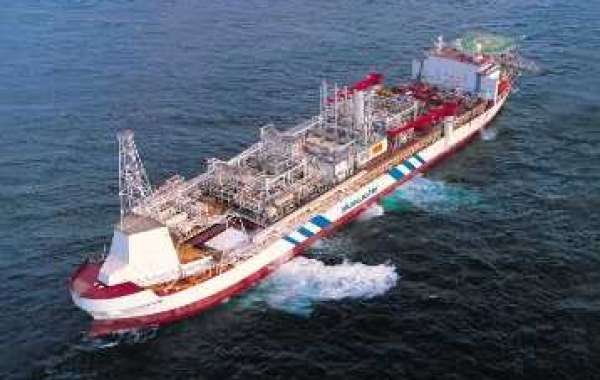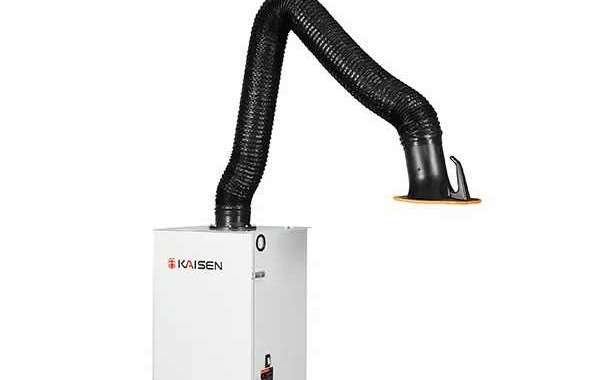Floating oil rigs are marvels of modern engineering—massive, complex structures that operate far from shore, often in some of the harshest environments on Earth. From the Gulf of Mexico to the North Sea, these rigs face high winds, towering waves, and powerful storms. Yet, they continue to drill safely and efficiently, even under extreme conditions. So how do they do it?
Advanced Design and Engineering
At the core of a floating oil rig’s ability to withstand storms is its design. These rigs are not stationary structures; they float, but they’re incredibly stable. Types like semi-submersibles and drillships are built with a low center of gravity and large underwater pontoons or hulls that provide buoyancy and reduce wave impact.
Semi-submersible rigs, for example, sit partially submerged with their working decks high above the water. This allows waves to pass under them rather than crash into their structure, minimizing movement during rough seas. Drillships, while more mobile, are equipped with dynamic positioning systems that keep them steady, even when winds and waves try to push them off course.
Dynamic Positioning Systems
Modern floating rigs use GPS and powerful thrusters to maintain position with extreme precision. These dynamic positioning (DP) systems constantly adjust the rig’s location in real time, compensating for wind, currents, and waves. In the event of a major storm, these systems help the rig stay on target or, if necessary, safely disengage and move away from danger.
Flexible Mooring Systems
Some floating rigs are anchored to the seafloor using advanced mooring systems that allow for limited movement while keeping the rig secure. These moorings are made from high-strength steel cables or synthetic fiber ropes that can stretch and flex with the ocean’s movement, reducing stress on the rig during turbulent weather.
Weather Monitoring and Preparedness
Rigs are equipped with state-of-the-art weather monitoring systems that track storms in real time. This early warning system allows crews to take precautionary measures—halting operations, securing equipment, and even evacuating if needed. Safety is the highest priority, and protocols are strictly followed.
Built for the Battle
Floating oil rigs may seem vulnerable out at sea, but they’re designed for resilience. With robust engineering, adaptive technology, and thorough safety protocols, these structures are built to ride out nature’s fury—and keep delivering energy from deep beneath the ocean floor.














